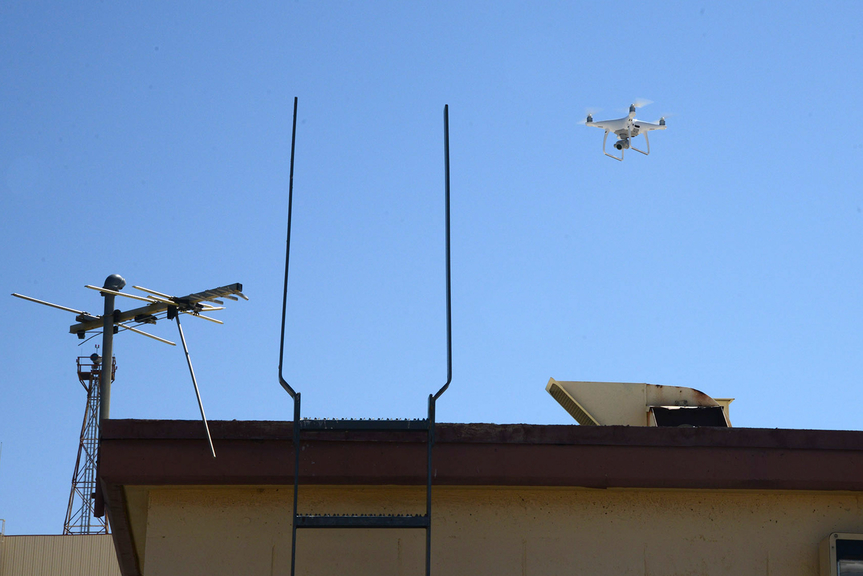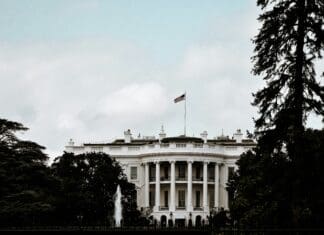This post is also available in:
 עברית (Hebrew)
עברית (Hebrew)
Oil and gas infrastructure in the Texas Permian Basin will now be inspected via commercial beyond-visual-line-of-sight (BVLOS) drone operations, using radar and approved by the Federal Aviation Administration (FAA), all for the purpose of enhancing safety and efficiency.
“We received the FAA’s permission due to our systematic approach of using airspace management with a unique combination of proven UAV radar and communications technologies, which demonstrate that safety is our top priority,” said Michael Clatworthy, director of flight operations for Avitas Systems, who will be conducting the inspections.
Avitas Systems will monitor Shell Oil Co. oil and gas infrastructure in Loving County, Texas, a development the company called the first step toward larger-scale BVLOS operations with unmanned aerial vehicles (UAV).
Current FAA regulations require UAV to stay within range of the operator’s vision. However, the agency granted Avitas Systems an exemption which enables it to use a radar system and enhanced operational procedures to provide an equivalent level of safety.
The company said extended range of BVLOS operations allows for safer and more efficient monitoring of critical industrial infrastructure.
According to Avitas Systems, better turnaround of inspection data leads to cost efficiency and faster facility repairs, compared to traditional methods, such as driving to individual inspection sites.
When the Avitas Systems technology is combined with advanced analytics, it enables more accurate and efficient monitoring, detection and repair of leaks. It also reduces road safety-related risks by minimizing the number of miles driven each day.
“Drones are already an integral part of Shell’s digital operations, with missions flown daily across our global footprint,” said Bruce Culpepper, U.S. country chair for Shell. “This is a tremendous achievement made possible through collaboration with the FAA, GE, Avitas Systems and Shell, and represents the future of drone-based surveillance technology in the U.S. Unconventionals fields of the future,” as reported in uasmagazine.com.

























